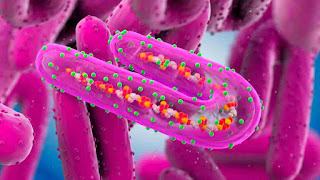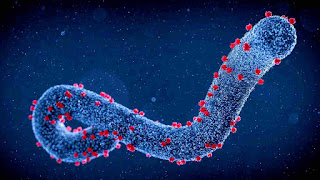What is Marburg Virus – Marburg Virus 2023 Overview
What is the marburg virus ?
The Marburg virus is a highly infectious virus that belongs to the family of filoviruses, which also includes the Ebola virus. It was first identified in 1967 during outbreaks in Marburg and Frankfurt, Germany, as well as in Belgrade, Serbia, among laboratory workers who had been exposed to infected African green monkeys. The virus is primarily found in Africa, particularly in Uganda, where the most recent outbreak occurred in 2022.
The Marburg virus causes a severe and often fatal hemorrhagic fever in humans and other primates. Symptoms of the disease typically appear 5-10 days after exposure and include fever, headache, muscle aches, vomiting, diarrhea, and bleeding from various parts of the body, including the eyes, ears, nose, and mouth. There is no specific treatment for the Marburg virus, but supportive care such as hydration and management of symptoms can improve the chances of survival.
Due to its high mortality rate and potential for person-to-person transmission, the Marburg virus is classified as a biosafety level 4 (BSL-4) agent and is considered a potential bioterrorism threat. Preventative measures such as wearing personal protective equipment, quarantining infected individuals, and implementing strict infection control measures are essential to containing outbreaks of the virus.
What is the treatment of Marburg Virus?
There is no specific treatment or cure for Marburg virus disease, and the management of the disease is primarily supportive. This means that treatment focuses on relieving symptoms and providing the patient with supportive care to help the body fight the infection.
Supportive care may include:
- Intravenous fluids and electrolytes to maintain hydration and electrolyte balance
- Medications to control fever, pain, and vomiting
- Oxygen therapy or mechanical ventilation to support breathing
- Blood transfusions to replace lost blood and clotting factors
- Treatment of any complicating bacterial infections
Experimental treatments have been used in some cases, including antiviral medications and immune-based therapies, but their effectiveness has not been established. Prevention and control of Marburg virus disease rely on strict infection control measures, including isolation of infected individuals and the use of personal protective equipment by healthcare workers.
It is important to seek medical care immediately if you suspect that you have been exposed to the virus or are experiencing symptoms. Early diagnosis and prompt supportive care can improve the chances of survival.

